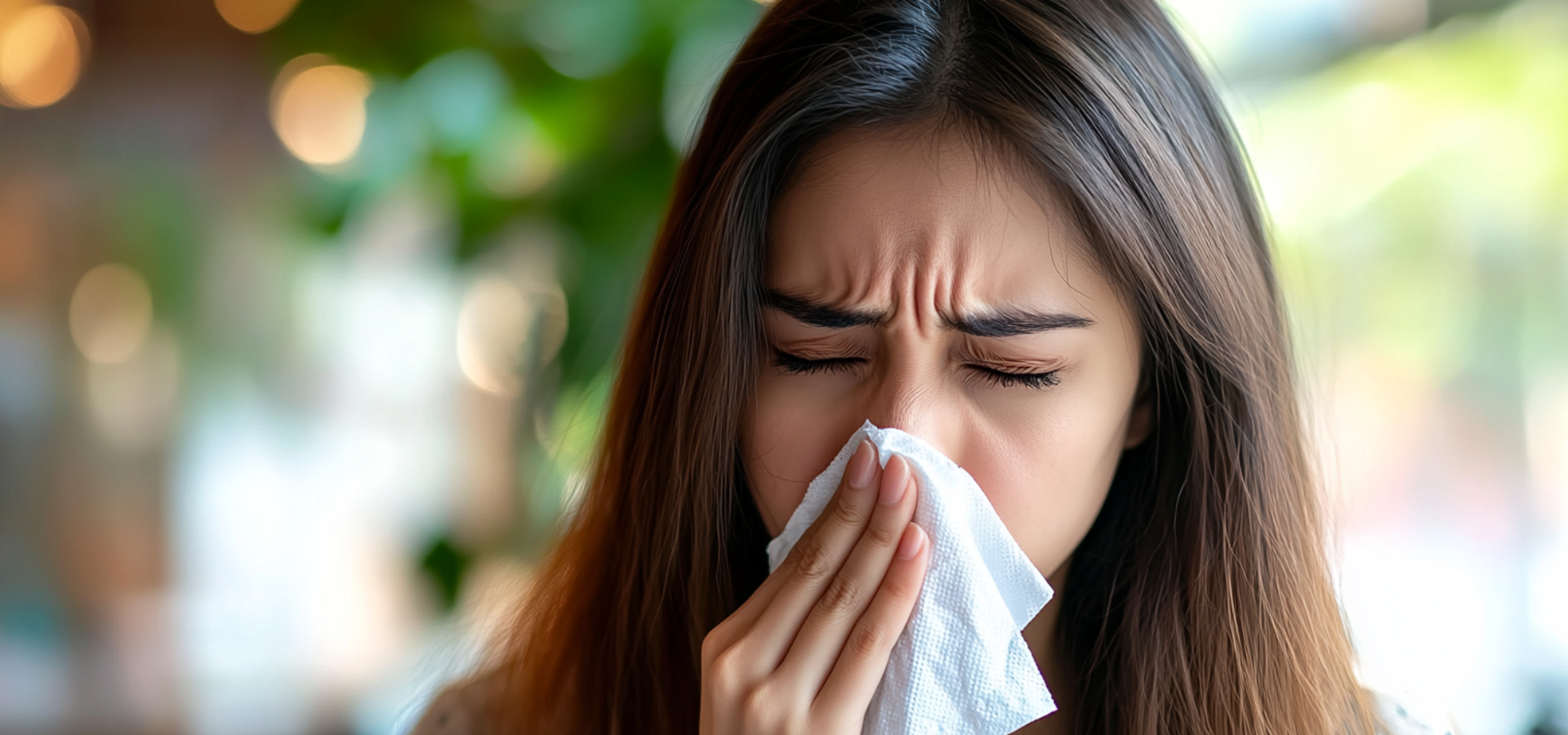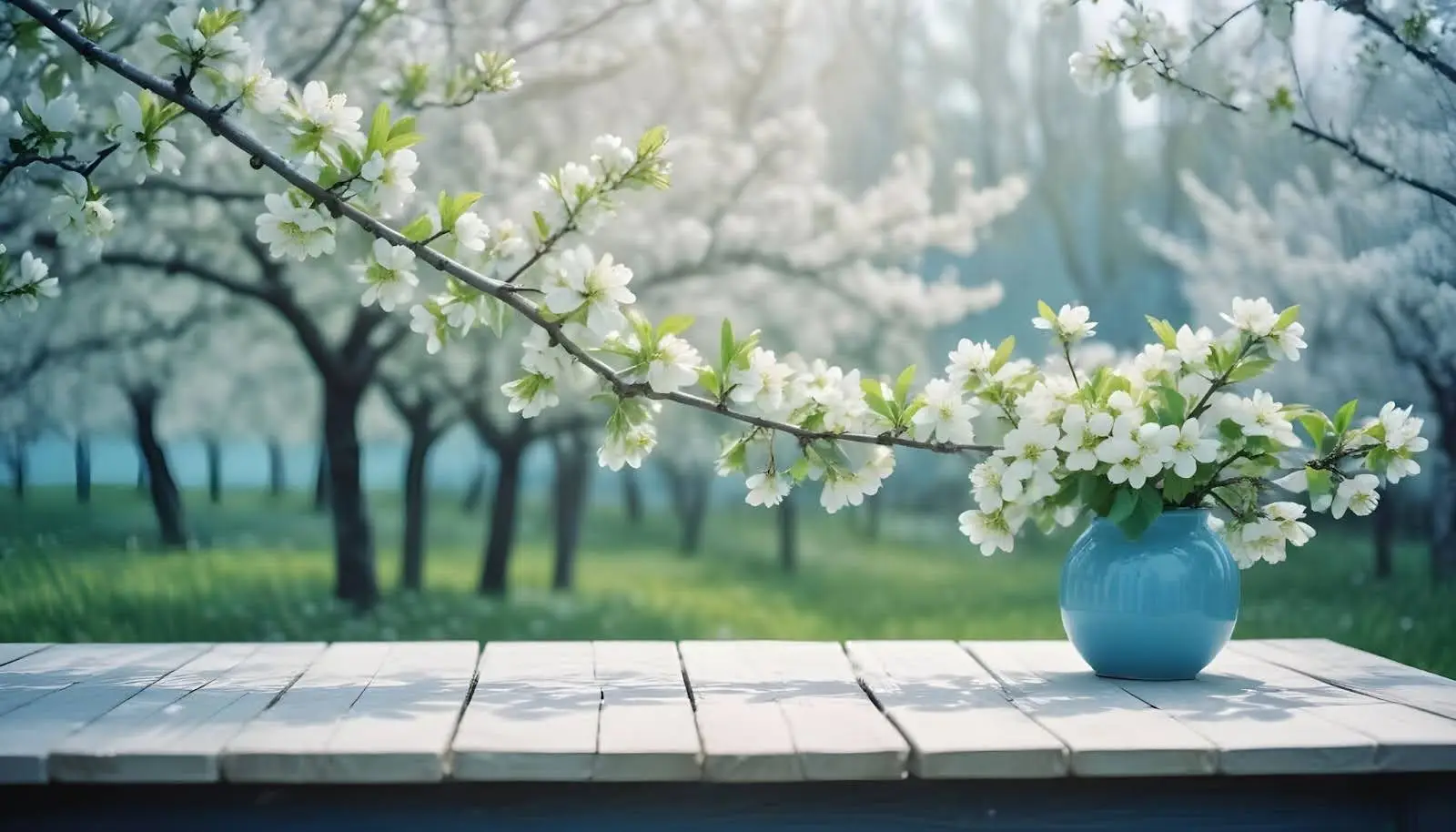
Tree Pollen: Springs First Allergy Offender
Spring is a time of renewal and beauty, but it also signals the beginning of allergy season for many. Tree pollen, the tiny particles released by trees as they begin to bloom, is one of the most common culprits behind spring allergies.
These minuscule grains can trigger uncomfortable symptoms, making it difficult to enjoy the warmer weather. In this blog, we’ll share insight on tree pollen allergies, their impact on health, the trees most likely to cause allergies, and how to manage and prevent symptoms effectively.
Understanding Tree Pollen
Tree pollen is a fine powder trees produce as part of their reproductive process. During spring, trees release large quantities of pollen into the air, and are carried by the wind to fertilize other trees. This process is crucial for tree reproduction, but it also means that pollen can travel great distances, affecting people far from the source.
Pollen can trigger allergic reactions in people who are sensitive to it when inhaled. These allergic reactions, such as hay fever or allergic rhinitis, occur when the immune system mistakenly identifies pollen as a harmful substance and releases chemicals like histamines to fight it off.
The Impact of Tree Pollen on Health

Allergic reactions from tree pollen can lead to uncomfortable symptoms that can interfere with your daily life. These reactions are due to the immune system’s response to what it mistakenly perceives as a harmful invader.
Exposure to tree pollen can also lead to sinus infections and other complications for individuals with severe allergies. Therefore, it is essential for those affected to understand how to manage their symptoms and reduce exposure to tree pollen.
What Trees Cause The Most Symptoms?
Certain trees are more likely to cause allergic reactions due to the type and quantity of pollen they produce. Here are some of the primary offenders:
- Alder: Common in moist areas and known for producing copious amounts of pollen.
- Ash: Widely found in urban areas, their pollen can be particularly troublesome.
- Aspen: Often found in the Rockies, their pollen can travel far distances.
- Beech: Known for their smooth bark, beech trees release significant pollen.
- Birch: Highly allergenic, birch trees are notorious for causing severe symptoms.
- Box Elder: A type of maple, box elder trees are common in North America.
- Cedar: Often found in the southern United States, cedar pollen is a major allergen.
- Cottonwood: Their fluffy seeds can carry pollen over large areas.
- Elm: These trees release pollen in early spring, often triggering allergies.
- Hickory: Found in eastern North America, hickory pollen is a common allergen.
- Juniper: Known for their distinctive berries, junipers can cause significant allergic reactions.
- Maple: Maple trees release pollen in the early spring, leading to widespread allergies.
- Mulberry: Their pollen is lightweight and can travel long distances.
- Oak: Oak trees produce large amounts of highly allergenic pollen.
- Olive: Common in Mediterranean climates, olive pollen is a potent allergen.
- Pecan: Native to the southern United States, pecan trees release significant pollen.
- Poplar: Known for their fluffy seeds, poplar trees can cause widespread pollen allergies.
- Walnut: These trees produce pollen that can cause severe allergic reactions.
- Willow: With their distinctive drooping branches, Willow trees also produce allergenic pollen.
Symptoms of a Tree Pollen Allergy

Tree pollen allergies can manifest in various ways. Common symptoms include:
Sneezing
Sneezing is one of the most immediate and recognizable reactions to tree pollen. It occurs as the body’s way of expelling the irritant from the nasal passages. Frequent and repetitive sneezing can be disruptive and uncomfortable, often leading to fatigue.
Nasal Congestion
The inflamed nasal passages can lead to a stuffy feeling, making it difficult to breathe through the nose. This congestion results from the body’s immune response to pollen, causing the blood vessels in the nasal passages to produce and swell excess mucus.
Stuffy Nose
A constant sensation of a blocked nose—making breathing difficult. This symptom is particularly troublesome at night, potentially leading to poor sleep and a feeling of exhaustion during the day.
Runny Nose
Excess mucus production occurs as the body attempts to flush out the allergen. This continuous mucus flow can be annoying and may require constant tissue use, leading to skin irritation around the nose.
Itchy, Watery Eyes
As a reaction to pollen, the eyes may become red, itchy, and teary. This symptom, known as allergic conjunctivitis, can be particularly uncomfortable and interfere with daily activities such as reading and driving.
Itchy or Sore Throat
Pollen can irritate the throat, leading to itching or soreness. This discomfort can make swallowing painful and may also cause a dry, scratchy feeling that persists throughout the day.
Itchy Nose
An itchy sensation inside the nose is common with pollen allergies. This symptom often leads to frequent nose rubbing, which can cause further irritation and even minor nosebleeds.
Itchy Mouth
The mouth and throat may also experience itching, particularly the roof of the mouth and the back of the throat. This symptom can be accompanied by a tingling sensation, causing you discomfort when eating or drinking.
Postnasal Drip
Mucus dripping in the back of the throat can cause coughing and irritation. Postnasal drip can also lead to a persistent sore throat and a feeling of needing to clear the throat constantly.
How to Treat & Prevent Tree Pollen Allergies
Managing tree pollen allergies involves both treatment and prevention strategies:
- Medications: Antihistamines, decongestants, and nasal corticosteroids can alleviate symptoms. These medications can be taken as needed or on a daily basis during allergy season to keep symptoms under control.
- Avoidance: Limiting outdoor activities during high pollen times, keeping windows closed, and using air purifiers will reduce exposure.
- Allergy Shots: For severe allergies, immunotherapy (allergy shots) can help reduce sensitivity to pollen over time. This treatment involves regular injections of small amounts of the allergen to build up the body’s tolerance.
Frequently Asked Questions
How Do You Know If Tree Pollen Allergies Affect You?
Common signs during the spring season include sneezing, nasal congestion, and itchy eyes. If you notice these symptoms recurring annually around the same time, tree pollen is likely the cause. A visit to an allergist can provide a definitive diagnosis through skin or blood tests.
How Long Do Tree Pollen Allergies Last?
Tree pollen allergies typically last as long as the trees are pollinating, usually from early spring to late spring or early summer. The duration can differ depending on the types of trees in your area and weather conditions, which can influence pollen production and dispersion.
What Time of Day Are Tree Pollen Allergies The Worst?
Pollen levels are often highest in the early morning and early evening, making these times particularly challenging for allergy sufferers. During these peak periods, it is advisable to stay indoors as much as possible and use air conditioning to filter indoor air.
When Should You See A Doctor for Allergy Symptoms?
If over-the-counter treatments are not helping or if you experience severe symptoms, such as difficulty breathing, it’s important to consult a healthcare professional.
Don’t Let Tree Pollen Ruin Your Spring!
If you’re struggling with allergy symptoms, take action now. Consult Frontier Allergist to find the best treatment plan for you and reclaim your enjoyment of the season. For more information and tips on managing allergies, get in touch with us and stay updated with the latest health advice through our website.

Written/Reviewed by: Dr. Neha Reshamwala
NPI number: 1780874578
Page last reviewed:


 All blog posts
All blog posts




